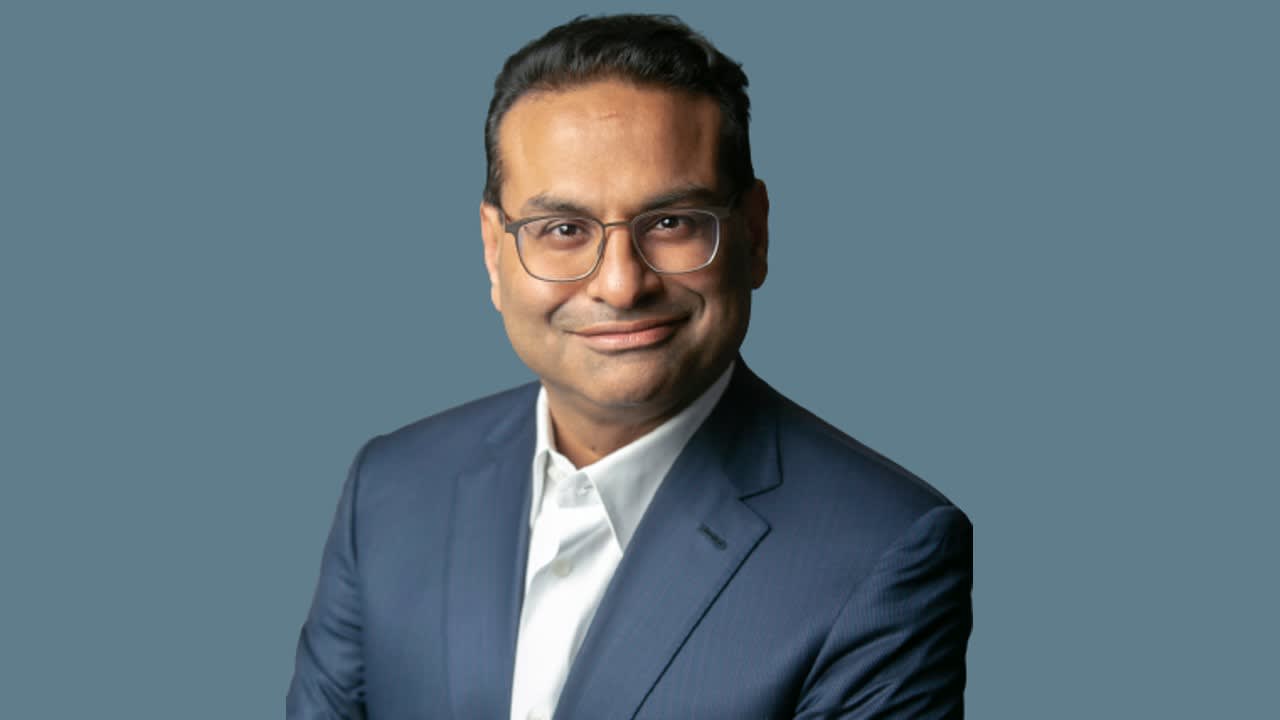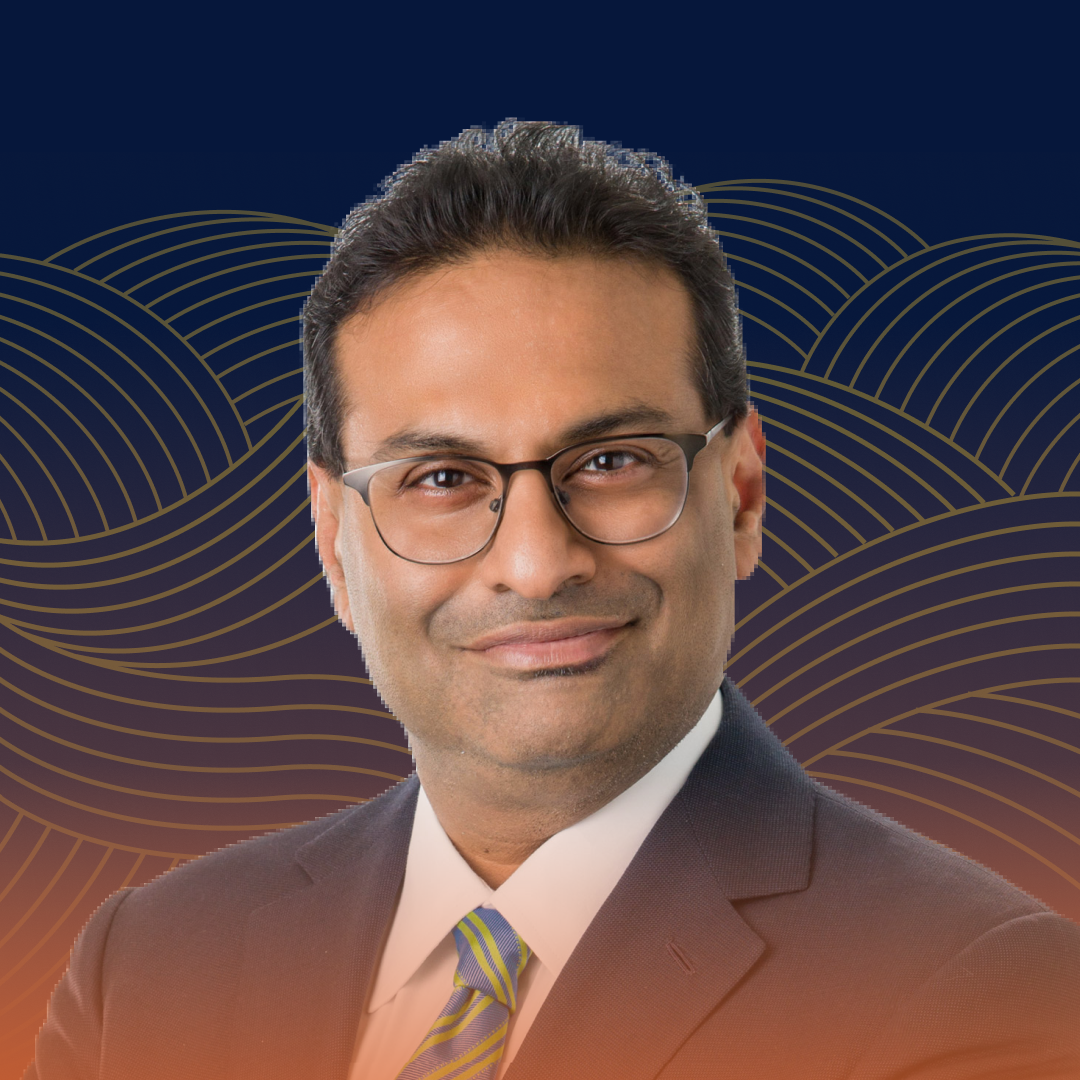Laxman Narasimhan’s Career Trajectory

Laxman Narasimhan, the current CEO of Starbucks, has carved a distinguished career path, marked by strategic leadership and a knack for driving growth in diverse industries. His journey, spanning across PepsiCo, Reckitt Benckiser, and Starbucks, offers valuable insights into his evolving leadership style and innovative approaches to management.
Laxman Narasimhan’s Journey at PepsiCo
Narasimhan’s career began at PepsiCo, where he honed his strategic and analytical skills. He started as a management consultant, quickly rising through the ranks to lead global business development for Quaker Oats. His early years at PepsiCo laid the foundation for his understanding of consumer behavior, brand building, and global market dynamics.
Laxman Narasimhan’s Time at Reckitt Benckiser
In 2012, Narasimhan joined Reckitt Benckiser, a global consumer goods company, as the President of its Global Nutrition business. His leadership at Reckitt Benckiser saw him spearhead the development and launch of innovative products and strategies. Notably, he led the transformation of the company’s nutrition portfolio, focusing on sustainable and healthy options.
Laxman Narasimhan’s Leadership at Starbucks
Narasimhan’s appointment as CEO of Starbucks in 2023 marked a significant milestone in his career. He brings a wealth of experience in consumer-facing industries, coupled with a deep understanding of global markets and innovation. He has already articulated his vision for Starbucks, emphasizing a renewed focus on customer experience, digital innovation, and responsible business practices.
Evolution of Laxman Narasimhan’s Leadership Style
Narasimhan’s leadership style has evolved over time, reflecting his experiences and the changing demands of the business landscape. In his early years, he was known for his analytical approach and strategic thinking. As he moved into leadership roles, he developed a more collaborative and people-centric style, emphasizing employee engagement and empowerment.
Comparing and Contrasting Laxman Narasimhan’s Approach Across Different Organizations
Narasimhan’s approach to management and innovation has been consistent across different organizations, characterized by a focus on:
- Customer-centricity: He consistently emphasizes understanding customer needs and preferences, ensuring that products and services are tailored to meet those needs.
- Data-driven decision-making: Narasimhan believes in using data and analytics to inform strategic decisions, leading to more informed and effective outcomes.
- Innovation and agility: He encourages a culture of innovation, fostering an environment where new ideas can be explored and implemented quickly.
- Sustainability and social responsibility: Narasimhan prioritizes sustainable practices and social responsibility, integrating these values into the core of his business strategy.
Laxman Narasimhan’s Vision for Starbucks
Narasimhan’s vision for Starbucks is based on a commitment to:
- Elevating the customer experience: He aims to create a more personalized and engaging experience for Starbucks customers, leveraging digital technology and innovative service offerings.
- Driving innovation and growth: Narasimhan is committed to driving innovation across all aspects of the business, from product development to digital platforms.
- Building a sustainable and responsible future: He emphasizes the importance of sustainability and social responsibility, ensuring that Starbucks operates in a way that benefits both the company and the communities it serves.
Narasimhan’s Impact on Starbucks: Laxman Narasimhan

Laxman Narasimhan’s arrival at Starbucks in October 2022 marked a pivotal moment for the coffee giant. The company was facing a complex set of challenges, including slowing sales growth, increased competition, and pressure to adapt to changing consumer preferences. Narasimhan’s mission was clear: revive Starbucks’ growth, enhance its brand image, and ensure its long-term success.
Addressing Key Challenges
Starbucks faced several significant challenges during Narasimhan’s initial tenure. The company’s growth had slowed, with same-store sales declining in key markets. Competition from other coffee chains and independent cafes was increasing, eroding Starbucks’ market share. The company also needed to address concerns about employee satisfaction and improve its customer experience.
Strategies for Revival
Narasimhan implemented a comprehensive strategy to address these challenges, focusing on three key areas:
Improving Customer Experience
Narasimhan recognized the importance of providing a consistently excellent customer experience. He implemented initiatives to enhance the speed and accuracy of order fulfillment, improve the cleanliness and ambiance of stores, and introduce new products and services to cater to evolving consumer tastes.
Boosting Employee Engagement
Narasimhan understood that happy and engaged employees are essential for delivering exceptional customer service. He focused on improving employee benefits, providing more opportunities for professional development, and creating a more inclusive and supportive work environment.
Driving Profitability
Narasimhan implemented cost-saving measures to improve Starbucks’ profitability. He streamlined operations, optimized supply chain management, and explored opportunities for expanding into new markets.
Effectiveness of Strategies
Narasimhan’s strategies have shown early signs of success. Starbucks has reported improved same-store sales growth, and the company’s brand image has been strengthened. The company has also made progress in attracting and retaining talented employees, improving customer satisfaction, and driving profitability.
Narasimhan’s Vision for Starbucks’ Future

Laxman Narasimhan, the new CEO of Starbucks, has Artikeld a bold vision for the company’s future, aiming to solidify its position as a global coffee powerhouse while navigating evolving consumer trends and market dynamics. His vision encompasses three key pillars: global expansion, technological integration, and a commitment to sustainability.
Global Expansion
Narasimhan’s vision for global expansion prioritizes strategic growth in key markets like China, India, and Southeast Asia. He believes that Starbucks can leverage its existing brand recognition and strong customer base in these regions to accelerate growth. The company plans to open new stores, introduce new products tailored to local tastes, and invest in local partnerships to further solidify its presence.
Technological Integration, Laxman narasimhan
Narasimhan recognizes the importance of technology in enhancing customer experience and driving operational efficiency. His vision for Starbucks involves leveraging digital tools to personalize customer interactions, streamline ordering processes, and optimize store operations. This includes enhancing the Starbucks app, introducing new payment methods, and exploring innovative technologies like AI and machine learning.
Commitment to Sustainability
Sustainability is a core principle of Narasimhan’s vision for Starbucks. The company aims to reduce its environmental footprint by investing in sustainable sourcing practices, reducing waste, and promoting energy efficiency. Starbucks is also committed to supporting its employees and communities through initiatives that promote diversity, equity, and inclusion.
Narasimhan’s Vision and Evolving Consumer Trends
| Narasimhan’s Vision | Evolving Consumer Trends | Alignment |
|---|---|---|
| Global Expansion | Rising middle class in emerging markets, increasing demand for premium coffee experiences | Starbucks’ expansion into new markets aligns with the growing demand for premium coffee experiences in emerging economies. |
| Technological Integration | Increased reliance on mobile devices, preference for personalized experiences | Starbucks’ focus on digital innovation caters to consumers’ preference for convenience and personalized experiences, leveraging mobile ordering and digital payments. |
| Commitment to Sustainability | Growing consumer awareness of environmental and social issues, preference for ethical and sustainable brands | Starbucks’ commitment to sustainability aligns with consumers’ increasing demand for brands that prioritize environmental and social responsibility. |
Laxman Narasimhan, the new CEO of Coca-Cola, faces a daunting task in revitalizing the iconic brand. His journey echoes the themes explored by director Brian Niccol, whose work often delves into the complexities of societal control and the human spirit’s resilience, as detailed in the brian niccol wiki.
Perhaps Narasimhan can find inspiration in Niccol’s vision, using it to guide Coca-Cola towards a future that balances innovation with the enduring values of its past.
Laxman Narasimhan, the new CEO of Starbucks, faces a daunting task in reviving the coffee giant. Perhaps he could draw inspiration from the work of Brian Niccol, the director behind films like “Gattaca” and “In Time,” whose exploration of societal structures and the relentless march of time brian niccol age might offer a unique perspective on navigating the complexities of the modern business world.
Narasimhan, much like Niccol’s characters, must confront the pressures of a rapidly evolving landscape, seeking to forge a path towards a future that balances innovation with tradition.
